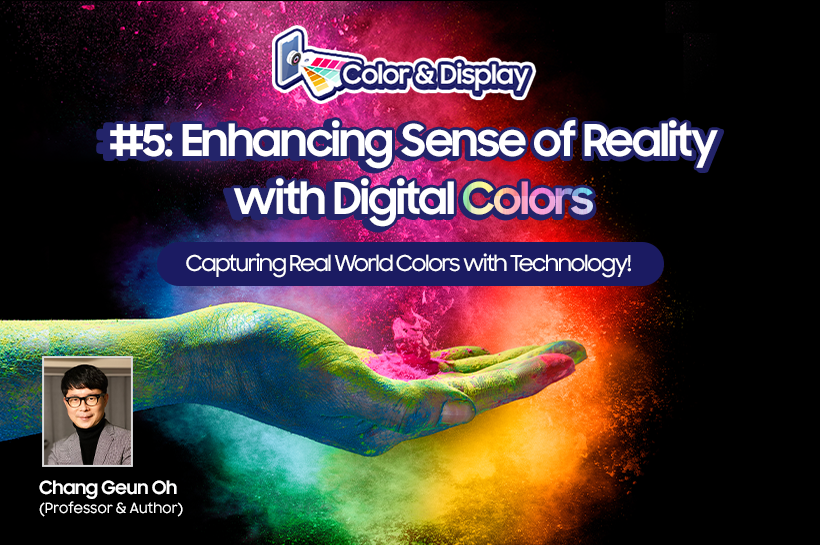
Magical news arrived in early May when spring was in full swing. It was announced that a KAIST research team had created a wearable OLED display. It was an electronic fiber by putting OLED materials in a 30 micrometer-thick coated microfiber, which can perform equivalent to a flat-panel display. It demonstrated far superior performance than previous experimental samples, and it was determined that it was one step closer to practical use with higher brightness and lower power consumption. It was also published in a well-known international journal.
A wearable display, like wearable robots, is a device that can enhance human capabilities and imagination. If we could easily change the color of our clothes to match the environment, like a chameleon, and if we could change our style regularly to match our mood, our lives would be very different. Similar to how Harry Potter's invisibility cloak was a popular subject a long time ago, a realistic theory has mostly come true, even though it takes a very long time. For the time being, wearable displays shifting shapes and colors in real-time will remain in the realm of imagination, just like robots that can fly through the sky and defeat aliens.
A Magical World of Color
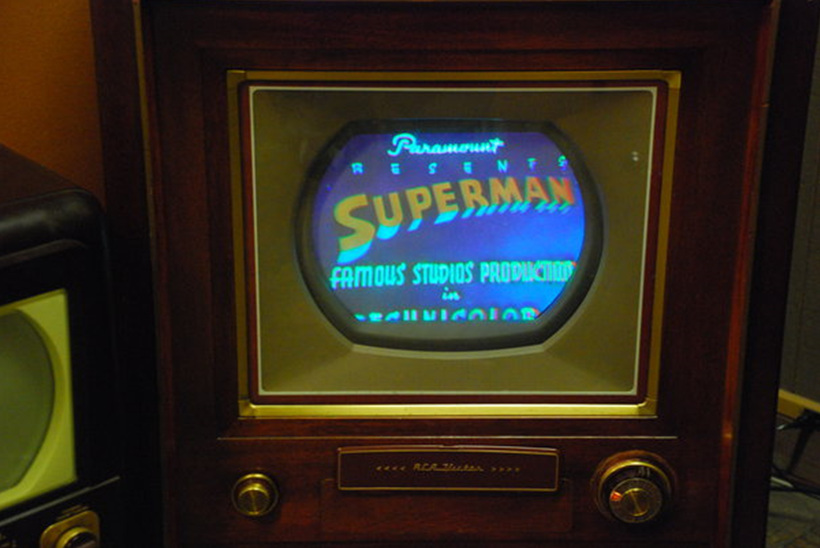
Color is almost like an enchantment to human society. People in their 50s and older can recall the first day of the New Year in 1981 when color broadcasting began. Color broadcasting began just a few years after electricity was turned on in quiet rural areas and islands, and they say it was an incredible experience. It was very dark during the days when there was no electricity. All that remained were the candles that had been lit in each home. It was pitch-black on days when there was no bright moon, making it difficult to cross mountains. It was so dark that a Korean folktale about a fox who occasionally eats children seemed plausible.
At night, starlight pouring down from anywhere outside the city center was easily visible. On a clear night, it was easy to see why the Milky Way, the cross-section of our galaxy, astounded star-gazers. People were awestruck with the glorious nighttime illumination under the darkest and most pristine skies. Stars of the Milky Way shining was like magic to those witnessing the surreal explosion of colors in a ‘black-and-white’ night sky.
An Effort to Reproduce Colors of Reality
From a practical standpoint, it may seem natural to attempt to reproduce the colors of reality exactly as they are. Even primitive humans who painted bison on Paleolithic cave walls must have traveled far and wide in search of pigments to replicate the unique color and leather texture of cows. As a result, the image of the bison painted with orange-brown pigment still looks like a real cow. Colors began to function as a measurement of perception, just as a red apple or a yellow melon became symbolic figures to describe other objects. As a result, the concept of a 'local color*' was created. The human visual system detects color errors instinctively, discarding unusual color information, and has evolved to recognize objects as distinct colors. To put it another way, you are inclined to “see” what you “believe”.
*The natural color of an object unmodified by adding unrealistic light and shadow or any other distortion.
Even Renaissance painters were aware of the spectrum of different colors and light and dark gradations, but they did not deviate from the schematic color system. They tried to mimic the real thing by using the actual shape of the human body, proportion, and perspective. The illusion that the scene in the painting is taking place right in front of human eyes is created using realistic shapes and colors as a method of reproduction.
Making colors look more realistic was evidence of the artist's skill and ability. Painters at the time put a lot of effort into their paintings to make them look as real as possible. Even Leonardo da Vinci, who was known for his color restraint, was found to have brushed the face of the Mona Lisa more than 50 times per unit area. The mysterious Mona Lisa smile is the result of Da Vinci’s determination in layers, much like magic.
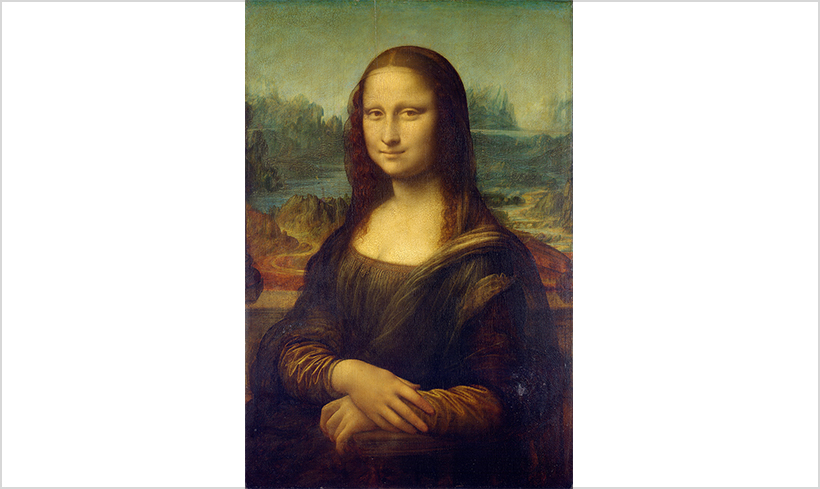
Magic of Color Videos
Even in the early twentieth century, when black-and-white films became popular around the world, people’s true desire longed for colored images. Black-and-white photographs and films could accurately convey the story, but they lacked the vibrancy of emotions. It must have been frustrating to watch a thriller film without color since red blood or dark grey paint hardly made any difference on screen. Because the commercial color film was not yet ready for production and screening, another option was to use film colorization, which adds color to black-and-white moving-picture images. The trend that began with black-and-white photographs was carried over to films. However, as the length of films increased, the task of coloring multiple films became too burdensome.
Techniques like "tinting" or "toning," which apply a specific color light to black-and-white film as an alternative to manual labor, were briefly popular. When 'Technicolor*' technology, which could color film with two colors of red and green, was introduced in the United States in 1918, the labor used to paint by hand was quickly phased out. The Technicolor technique, which dominated color films from the 1930s to the 1950s, was groundbreaking, but it gave a slightly unnatural feeling because it did not use the three primary colors. Without shades of blue, the world presented in the films appeared more dreamlike, almost virtual. In 1932, Technicolor technology was developed to realize three primary colors, which was a time-consuming method of photographing the three primary colors with each camera and then synthesizing them into one.
*A series of processes used to first produce color in motion pictures

Only in the 1950s did Eastman Kodak announce a new technology for recording three primary colors on a single film, establishing the modern standards for color cinema. Even though color film development took longer than color broadcasting, it became the ideal medium for viewing spectacles on large screens. Fierce competition led to color image reproduction, not some mysterious “magic”.
Color broadcasting was on the rise, having already surpassed film as the sole source of visual entertainment. In a London theatre in 1938, John Logie Baird of England demonstrated how to shoot 120 color images with an electron gun, kicking off color broadcasting.
The CBS broadcasting station in the United States invented a system for realizing continuous color images the following year, and color television was first broadcast in 1940. It was a mechanical technology at the time that quickly turned the color wheel of the three primary colors to make the projected light appear natural. In 1953, after continuous complementing, color broadcasting became official in the U.S.A.
Major powers established their own broadcasting standards at the time, and countries all over the world were persuaded to adopt them. East Asia, where the US had a stronghold, was incorporated into the NTSC broadcasting system of the United States. In Asia, color broadcasting of the NTSC system began in 1960 in Japan and 1966 in the Philippines. South Korea had already secured color broadcasting technology and was exporting color televisions in the 1970s, but color broadcasting only began in 1980 due to a variety of factors.
The Ever-Expanding World of Digital Colors
Color expression remains the most fiercely competitive area in the video industry even today. Although it has only been about 100 years since the world of black and white gave way to the world of color, the advancement of video industry technology is gradually broadening the scope of color realization. When it comes to the color gamut of notebook or smartphone displays, it's common to see that they "implement the DCI-P3 color gamut."
The DCI-P3 wide color gamut screen standard is part of the DCI color standard developed by the American film industry's Digital Cinema Initiatives (DCI). Through the Society of Motion Picture and Television Engineers (SMPTE) in the United States, DCI enforces various digital image technology standards and regulations. The number of devices expressing a color gamut based on DCI-P3, which is a color gamut optimized for video viewing, has increased recently as interest in the video viewing environment has grown. In fact, there are several color space standards, including sRGB, Adobe RGB, and NTSC. (Related Article: http://global.samsungdisplay.com/27585/)
The DCI-P3 color gamut is 25% wider than the sRGB color gamut, which was developed in collaboration with Microsoft and HP and is widely used as a standard color gamut. The ability to express a wider color gamut allows for the expression of previously unseen color. Monitors, laptops, and smartphone displays compete for image quality by expressing rich color in comparison to the standard color gamut. The new Samsung Display’s OLED for laptop is also certified for cinematic experience by SGS, the world’s leading certification company, for its DCI-P3 color volume exceeding 120 percent.

Image Source: http://global.samsungdisplay.com/27886/
HDR technology has recently come to the forefront as a means of realizing high-definition images. Dolby Vision's digital color system standard, which has been established as one of the representative HDR standards, is extremely strict. It is standardized to comply with a wide gamut of HDR standards, from shooting to monitoring, digital transmission, video editing, color correction, and final consumer TV. HDR is now forming a massive ecosystem. HDR implementation is promoted as a competitive advantage in a variety of content such as videos and images, as well as in a variety of IT devices such as TVs and laptops. (Related Article: http://news.samsungdisplay.com/14820)
HDR is a technique for extending the range of contrasts from the brightest to the darkest parts of a scene. It expresses various brightness levels that exist and delivers images more realistically by realizing the range of contrast in greater detail. As a result, efforts to show reality as it is in the digital world have resulted in the development of brightness, contrast, and color. (Related Article: http://global.samsungdisplay.com/27909/)
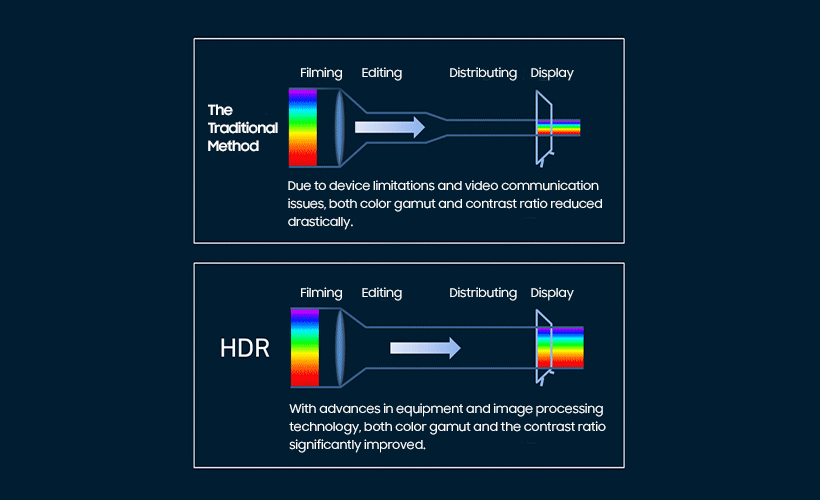
Color imaging technology's history is more than just about improving mechanical performance from camera shooting to TV reproduction. There are also areas that are subjected to the scrutiny of unseen experts. Color grading and color correction are two terms used interchangeably. The ability to restore lost color is important in the digital color system, even though the original purpose was to correct the color of the captured image and increase the gradation more realistically. Color grading, on the other hand, is the process of changing or enhancing the color of a video or image.
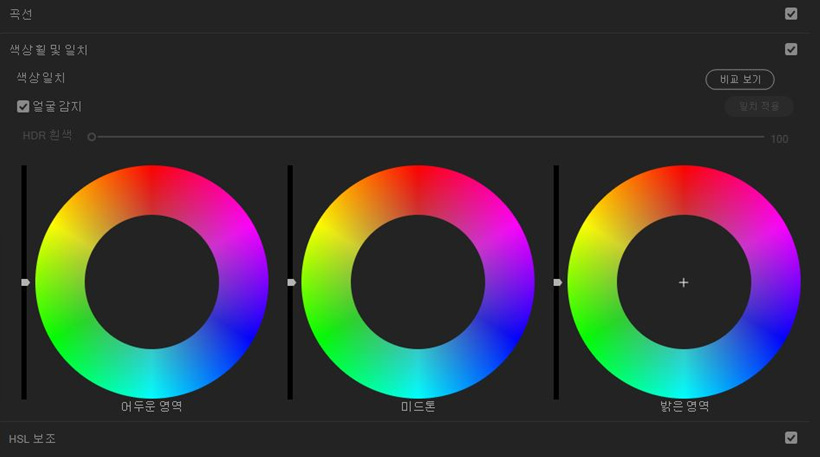
Each camera manufacturer has created and implemented a color log system, and images shot in hazy tones are magically revived in vibrant color during the editing process. Furthermore, a method of creating a specific color style as a preset value, known as a LUT (Look-up Table), and then easily converting and applying it to the recorded video has become popular. Both are the result of mathematical modeling that converts one color space to another.
Both content creators and viewers can now enjoy a wider range of color styles thanks to the mathematical compatibility of digital color schemes. Movies and TV dramas with unique color schemes have become more popular recently. Individual content creators can now create a personalized color palette. The magic of color lives on today, both on and behind the screen.

